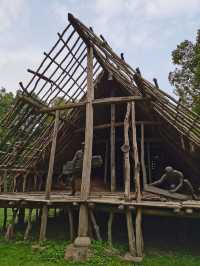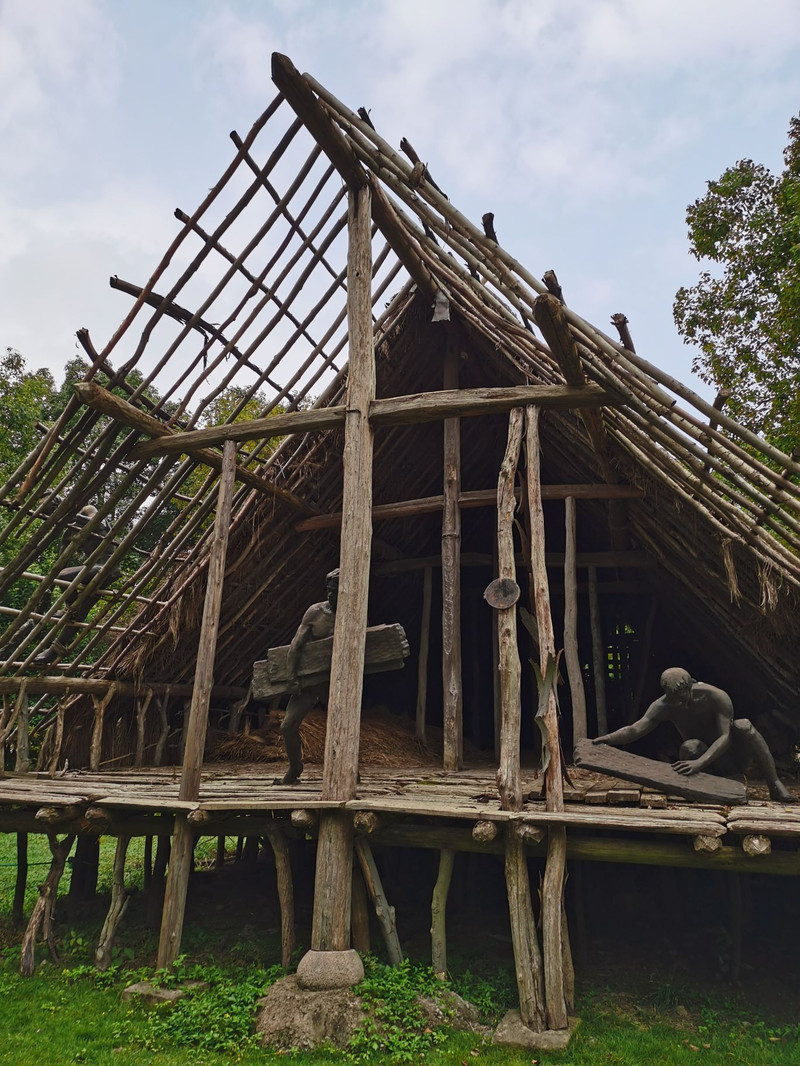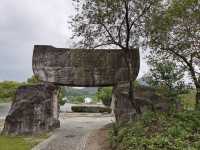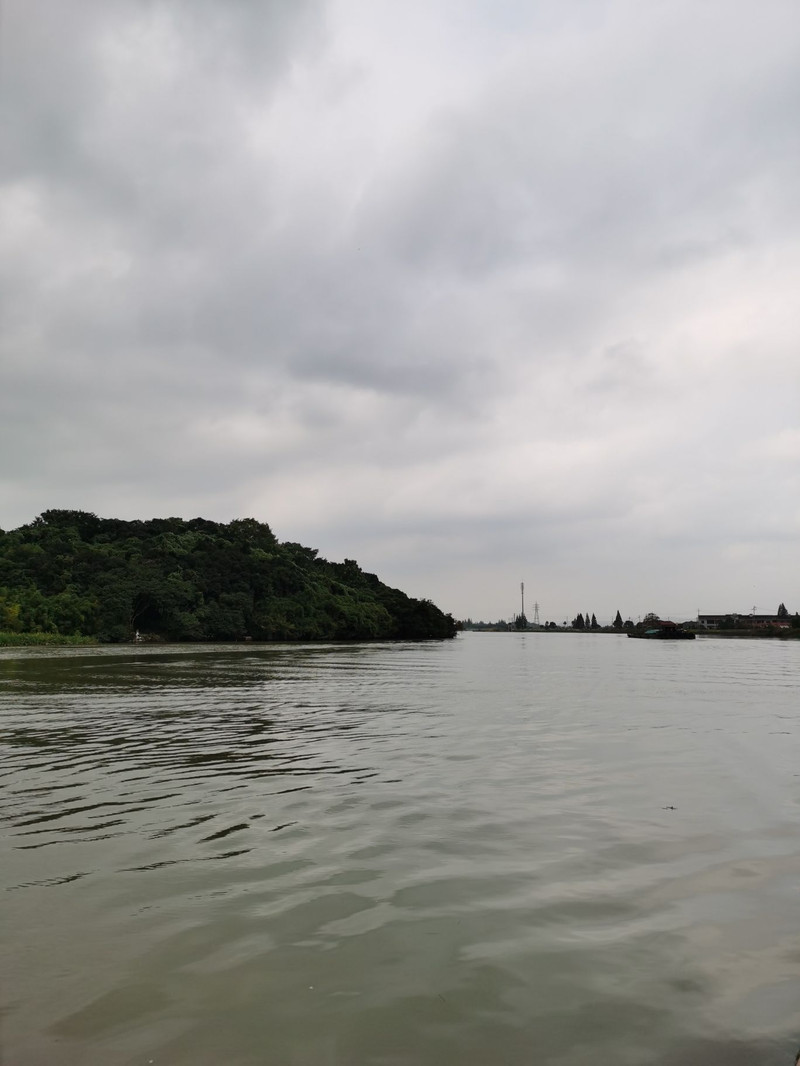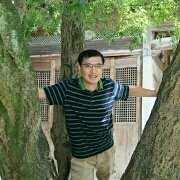The excavation of Hemudu site provided extremely precious physical evidence for the study of the eastern civilizations such as agriculture, architecture, textiles and art at that time, and was one of the most important archaeological discoveries since the founding of China. The remains of cultivated rice and large area wooden building relics, bones of hunting wildlife and domestic animals, plant fruits collected and a small number of burials found at the Hemudu site are for the study of agriculture, architecture, pottery, textiles in ancient China. The origins of art and Eastern civilization, as well as the evolution of paleogeography, paleoclimate and paleohydrology, provide extremely valuable physical information.
;
Hemudu Ancient Village Review
4.6 /536 Reviews
Recommended Attractions at Popular Destinations
Bangkok attraction near me | Manila attraction near me | Tokyo attraction near me | Taipei attraction near me | Hong Kong attraction near me | Seoul attraction near me | Los Angeles attraction near me | New York attraction near me | Shanghai attraction near me | Kuala Lumpur attraction near me | Shenzhen attraction near me | Osaka attraction near me | London attraction near me | Singapore attraction near me | Guangzhou attraction near me | San Francisco attraction near me | Beijing attraction near me | Macau attraction near me | Bali attraction near me | Paris attraction near me | Jakarta attraction near me | Ho Chi Minh City attraction near me | Orlando attraction near me | Phuket attraction near me | Toronto attraction near me | Chicago attraction near me | Cebu attraction near me | Seattle attraction near me | Istanbul attraction near me | Dallas attraction near me
Popular Attractions
Willisville Hiking Trail | Shrunz Waterfall | Hamburger Kunsthalle | Sinju Retreat @ Kebun Hj Amin | Dinos Luna Park | Zhujiajiao Ancient Town Scenic Area | National Museum of Denmark | Eiffel Tower | Louvre Museum | Nanshan Scenic Area | Disneyland Park | Granville Island | Sagrada Familia | Club Inferno Mania Kemer | Georgia Aquarium | Forte Sperone | Qinhuai River | Fuji Shibazakura Festival | The King's Gallery, Buckingham Palace | Kabukicho | ASV Haselmühl | The Okuta Symposium Cultural Center Site | Geneva's Park | Benefis Theatre | Stanley Road Open Space | Kaga Clan Kita Residence | Parco Andrea Costa | Lubbock Speedway | VfB Steinhöfel e.V. | kebun JF
Popular Ranked Lists
Top 18 Local Restaurants in Dunhuang | Popular Luxury Hotels Near Phuong Thien | Popular Luxury Hotels Near Uberlingen | Popular Luxury Hotels Near York County | Popular Family-friendly Attractions Near Lingshi | Popular Luxury Hotels Near Yangshuo | Popular Family-friendly Attractions Near Ruzhou | Popular Luxury Hotels Near Wanze | Popular Premium Hotels Near Tandil Partido | Top 20 Local Restaurants in London | Top 20 Local Restaurants in New York | Popular Family-friendly Attractions Near Jiuquan | Top 10 Local Restaurants in Brisbane | Popular Family-friendly Attractions Near Changsha County | Popular Family-friendly Attractions Near Zigui | Top 20 Local Restaurants in Lisbon | Popular Family-friendly Attractions Near Ruicheng | Popular Luxury Hotels Near Figeac | Top 20 Local Restaurants in Jinan | Popular Family-friendly Attractions Near Lanzhou | Popular Luxury Hotels Near Durajaya | Popular Family-friendly Attractions Near Yunxiao | Popular Luxury Hotels Near Jiangle | Top 20 Local Restaurants in Madrid | Popular Family-friendly Attractions Near Tianzhu | Popular Luxury Hotels Near Dungun | Top 16 Local Restaurants in Amsterdam | Popular Family-friendly Attractions Near Jia County | Popular Premium Hotels Near Siliguri
Payment Methods
Our Partners
Copyright © 2024 Trip.com Travel Singapore Pte. Ltd. All rights reserved
Site Operator: Trip.com Travel Singapore Pte. Ltd.
Site Operator: Trip.com Travel Singapore Pte. Ltd.




